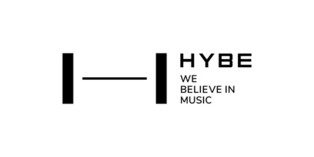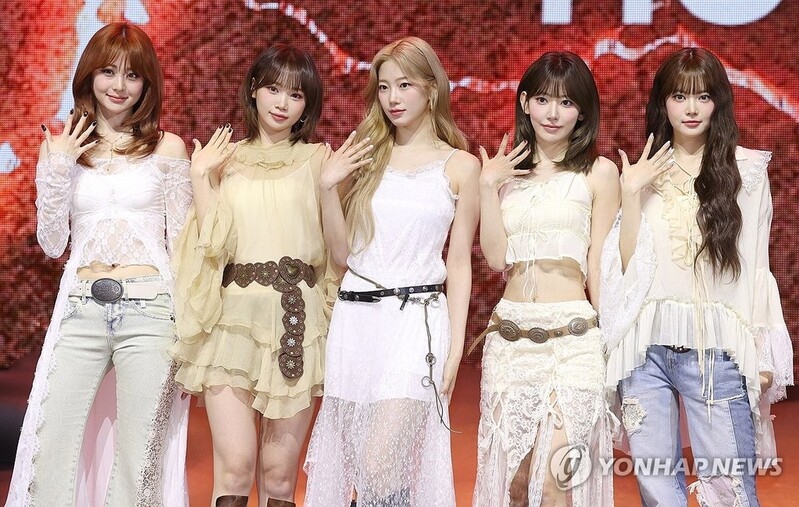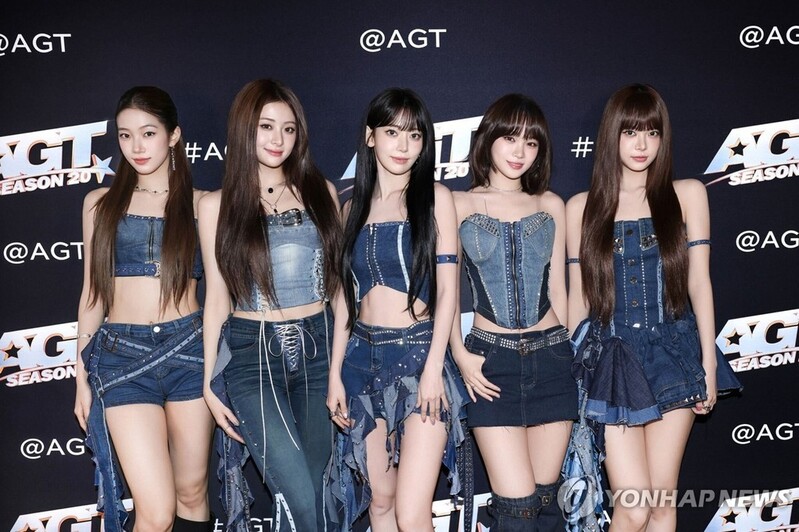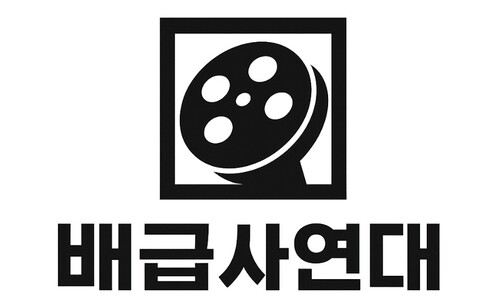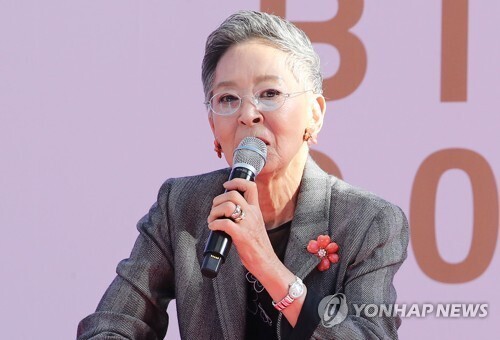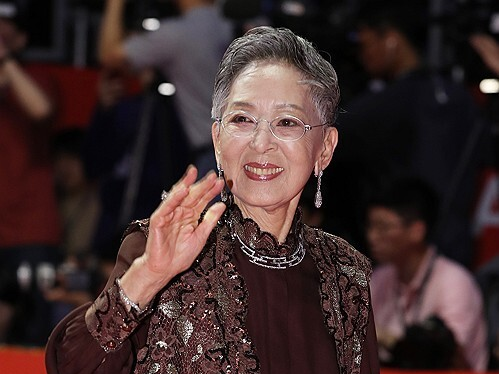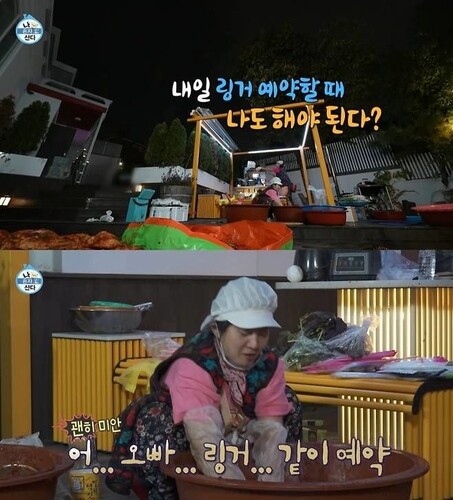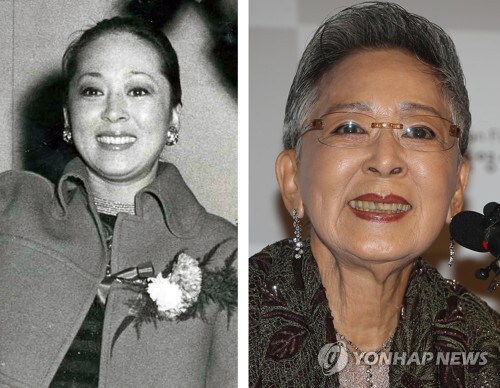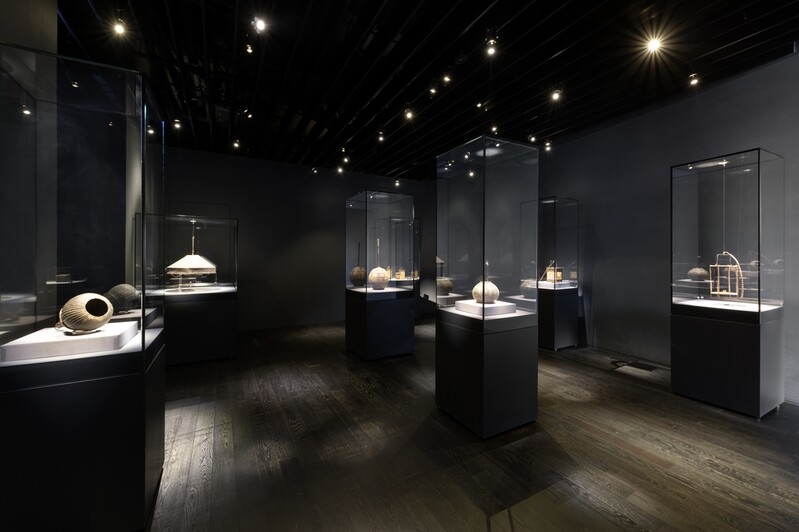 |
| ▲ This photo, provided by the Horim Museum, shows the exhibition gallery. (PHOTO NOT FOR SALE) (Yonhap) |
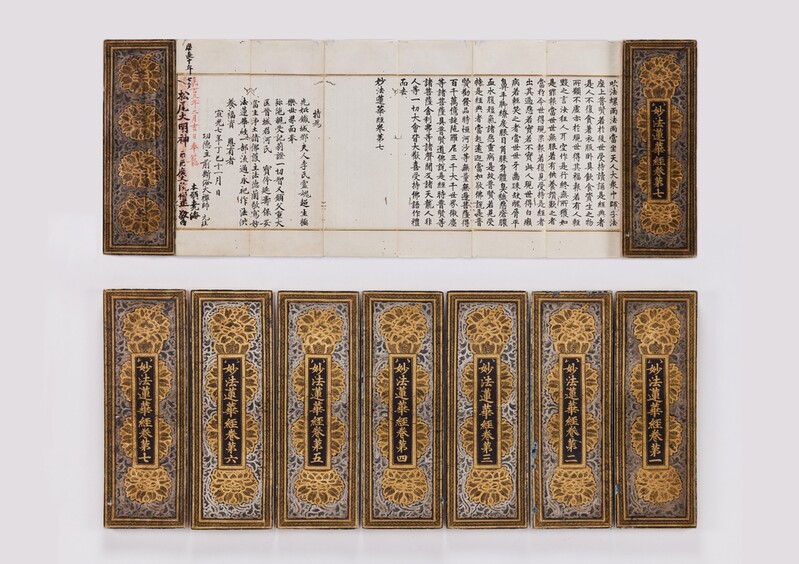 |
| ▲ This photo, provided by the Horim Museum, shows Baekji Mukseo Myobeopyeonhwagyeong. (PHOTO NOT FOR SALE) (Yonhap) |
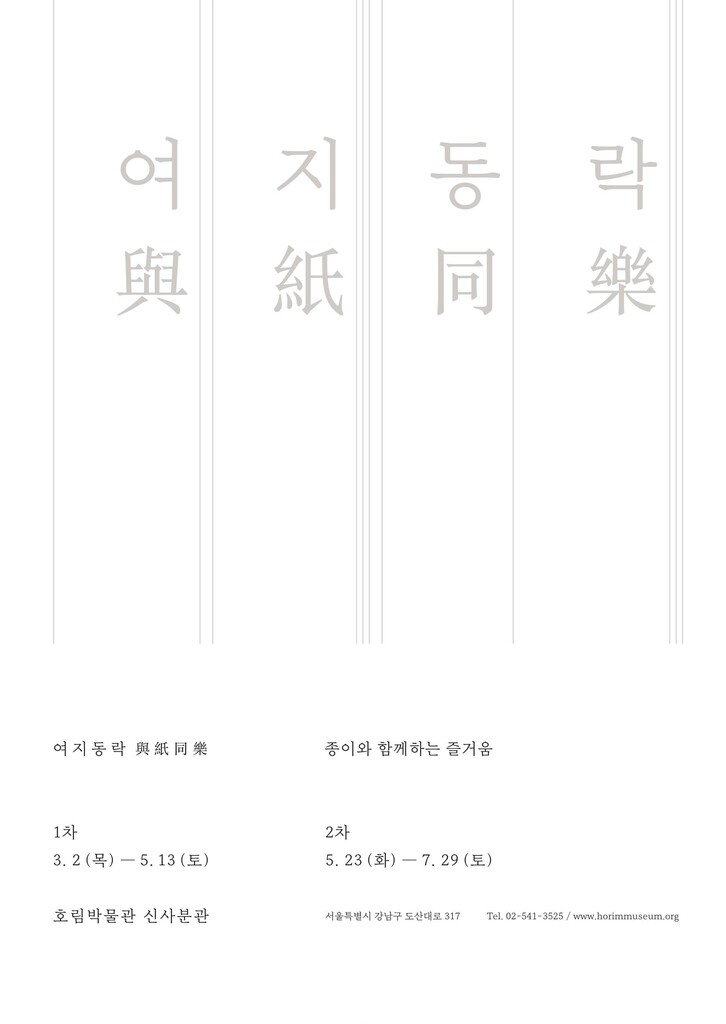 |
| ▲ This photo, provided by the Horim Museum, shows the poster for the two-part exhibition. (PHOTO NOT FOR SALE) (Yonhap) |
SEOUL, Mar. 2 (Yonhap) -- The Horim Museum of the Seongbo Cultural Foundation in Gangnam-gu, Seoul will hold a special exhibition “Yeojidongrak – Joy with Paper,” which sheds light on the value and existence of paper, which is essential to the lives of human beings.
The exhibition will display a total of 152 items, including two national treasures and six treasures, ranging from relics to modern crafts. It will serve as a venue to ponder over the time humans co-existed with paper since ancient times by looking at the history of paper and records, which used to serve as the one and only means of transmitting human cultures.
The national treasure "Baekji Mukseo Myobeopyeonhwagyeong," which is acknowledged to have had a significant influence on the spread of Buddhism in Korea will be on display along with the Hwaeomgyeong.
These old pieces of literature, which were copied and printed with woodblocks, witness the outstanding sturdiness of Hanji (traditional Korean paper).
The exhibition will connect the past with the present by having Hanji writer Jeon Kwang-young explain his writings that tell the history and stories from the past.
This exhibition will also be continued to an exhibition “Paper, Revealing the Spirit,” which will be displaying metal types and papercrafts. The metal types that held great significance in spreading the Confucian spirit as well as stationery used by the aristocratic writers and plain yet practical paper crafts will be put on display.
The works of artist Choi Byeong-so, who was at the forefront of Korean contemporary experimental art from the 1960s to 1980s, as well as those of writer Park Seo-bo, also dubbed the monochromatic master, which have been manifesting the upright or scholarly spirit.
The Museum said, “These works witness not only how the newspaper has lost its role as a medium in this oppressed society but also how the upright spirit is still alive,” adding, “Park Seo-bo uses Korean paper to portray the act of defeating the evil and encouraging the good by disciplining the mind and behavior.”
By taking close attention to the paper crafts that are on display, visitors may appreciate and also compare the works of Lee Eung-no (1904 - 1989) who glued sheets of various kinds of paper on top of one another, Kwon Young-woo (1926 - 2013) who tore the sheets of Hanji into pieces and glued them together, and Jung Chang-seop (1917 - 2011) who spread the soft paper dough on canvas and gradually solidified them.
An official from the Museum said, “We hope to offer an opportunity for visitors to learn about the existence and value of paper through various relics, such as paper records, stationery that represented the spirit of scholars, and daily paper crafts.”
The Exhibition will be held in two different parts: The first part will run until May 13, which will be followed by the second part which will be held from May 23 to July 29.
(This article is translated from Korean to English by Ha eun Lee)
(END)
(C) Yonhap News Agency. All Rights Reserved








